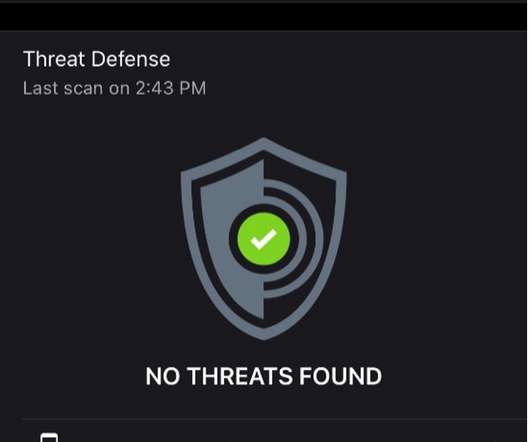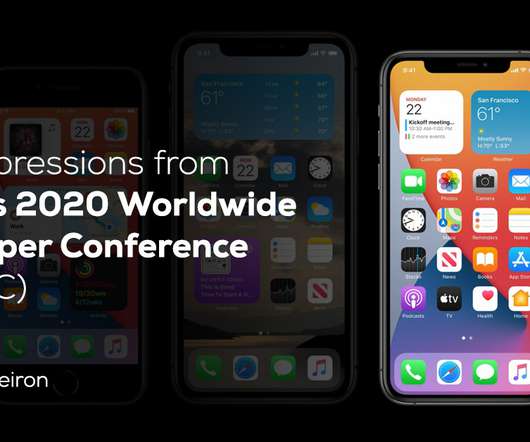Cybersecurity Snapshot: NIST’s Cybersecurity Framework Gets Major Update, as Advisories on APT29 and ALPHV Blackcat Get Rolled Out
Tenable
MARCH 1, 2024
Check out what’s new in NIST’s makeover of its Cybersecurity Framework. Also, how to assess the cybersecurity capabilities of a generative AI LLM. And the most prevalent malware in Q4. 1 - NIST’s Cybersecurity Framework 2.0 1 - NIST’s Cybersecurity Framework 2.0 came out in 2014. And much more!

































Let's personalize your content